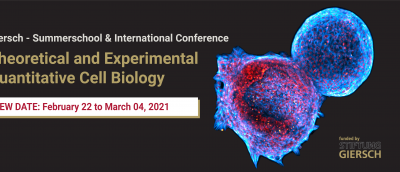
Scientific Task
All living organisms consist of membrane surrounded cells. Cells are highly complex structures separated into different reaction “chambers”. These reaction chambers are usually separated by membranes. Though membranes are of elemental significance as spatial border and as reaction platform of biological and chemical processes, they facilitate the control of many physiological mechanisms in space and time. Their biological and biophysical properties are determined by various lipids, lipophile compounds, and membrane inserted or associated complexes. The static properties of biological membranes are well studied. In contrast, processes of dynamic membrane changes, the relevance of membrane dynamics for cell functions and their role in diseases are hardly known. Changes in the composition of membrane components, -forms, and -dynamics initiated or conducted by small molecules influence elementary functions of the cell. Thus, dramatic changes of cellular membranes under aging of biological systems, during programmed cell death, under certain stress conditions, during cell differentiation and more can be observed. The influence of small molecules and of fatty acids on the behavior of membrane functions is essential and provides many, to some extend new opportunities for drug developments and therapies.
A detailed quantitative description of the complex properties of membrane systems on various scales initially facilitates a comprehensive characterization and a deep understanding of cellular processes leading to further specific and efficient drugs and therapies.
With the current development of quantitative and qualitative experimental approaches and the expansion of experimental and technical opportunities for mining complex data sets in natural and life sciences perspectives new strategies and topics are emerging in the relevant fields. This is accelerated by methods using artificial intelligence. Special challenges but also possibilities arise through high-content and heterogeneous data from modern imaging microscopy- and omics-technologies for global metabolite-, protein-, RNA-, DNA-, and functional analysis. Classical experimental and high-content data enable the modeling of cellular processes. To keep up with this development new approaches in data organization and administration, optimized algorithms for the analyses of huge heterogeneous data sets and for the simulation of models are required. In addition, new strategies for project design jointly by theory and experiment are necessary. Here, the inclusion of different space and time related scales in multi-scale models, the linkage of various physical descriptions in multi-physics models, as well as an efficient implementation of these models are a special challenge.